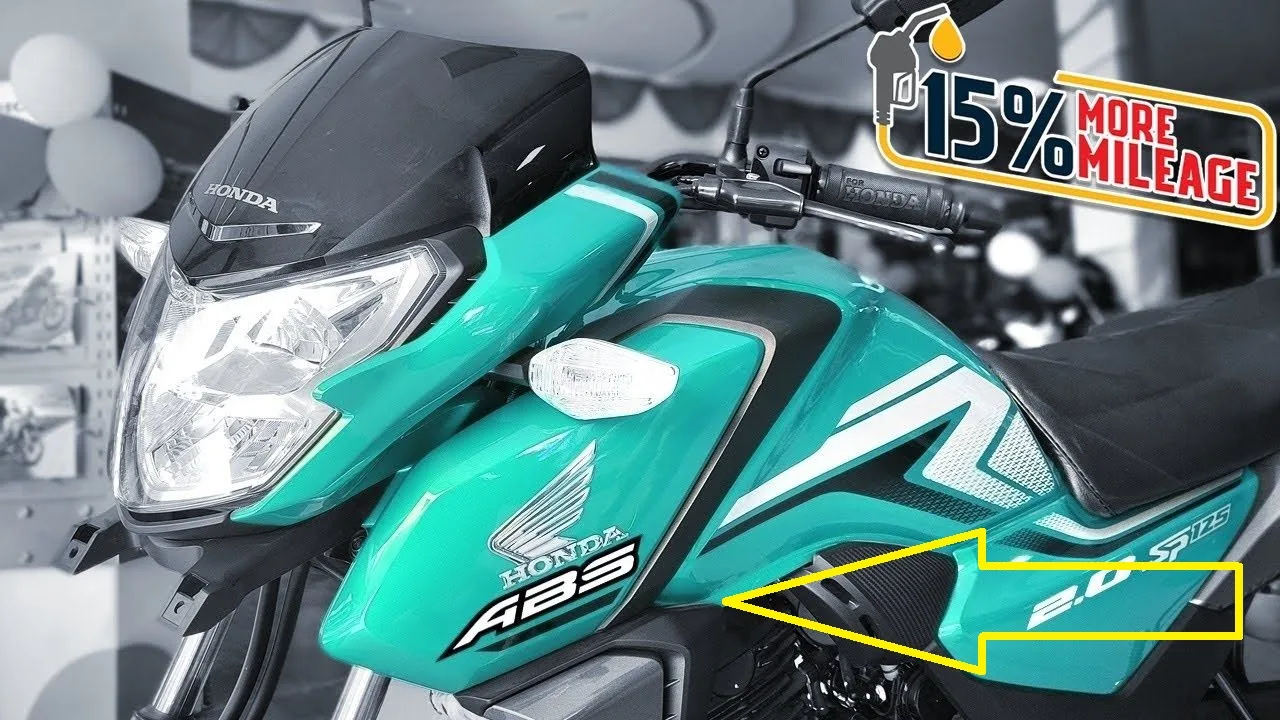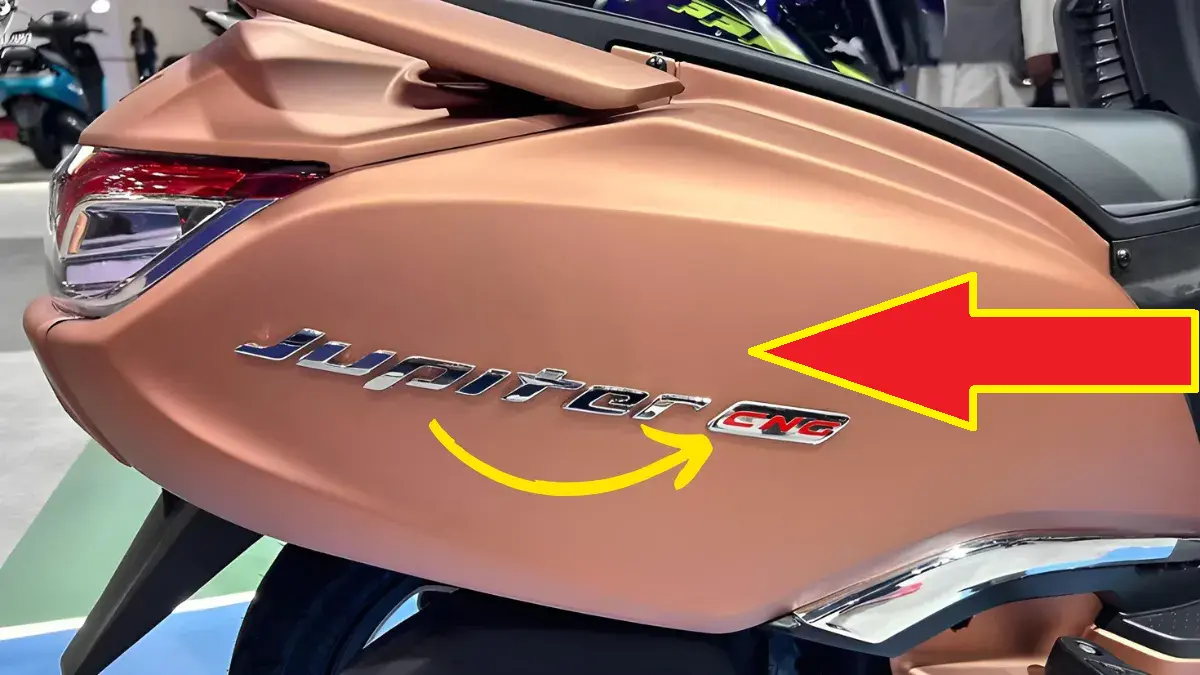Top GK Questions for UPSC 2025 – The Union Public Service Commission (UPSC) test is among India’s most daunting and most coveted competitive examinations. It is the main entrance to a career in the nation’s top civil services, such as the Indian Administrative Service (IAS), Indian Police Service (IPS), and Indian Foreign Service (IFS).
The test is a strenuous three-tiered process: an initial test screening applicants with objective-type questions, an extensive main test of descriptive essays, and a conclusive personality test or interview. It evaluates not only academic knowledge but also analytical skills, decision-making, moral integrity, and leadership potential.
Achievement at the UPSC test provides entry into positions that play a crucial role in making public policy, executing government plans, and governing the country. An IAS officer, for example, can be a district collector, shaping ground-level development, or reach the uppermost echelons of the central administration.
Preparation for this test is a marathon, sometimes spanning years of rigorous study of a huge syllabus—from polity and history to current affairs and ethics. Finally, the UPSC is not an exam; it is an odyssey which attempts to find out individuals committed to the ethos of public service and capable of contributing constructively towards nation-building.
Polity & Governance
- Q: The ‘Basic Structure Doctrine’ was propounded by the Supreme Court in which landmark case?
A: Kesavananda Bharati v. State of Kerala (1973). - Q: What is the primary objective of the ‘Mission Karmayogi’ launched by the Government of India?
A: Capacity Building of Civil Servants for a more efficient, transparent, and citizen-centric governance. - Q: Article 356 of the Indian Constitution, often in news, deals with which specific provision?
A: Imposition of President’s Rule in a state. - Q: The ‘Financial Stability and Development Council’ (FSDC) is chaired by whom?
A: The Union Finance Minister. - Q: What is the constitutional status of the ‘National Commission for Backward Classes’ (NCBC) after the 102nd Constitutional Amendment Act?
A: It is a constitutional body (Article 338B). - Q: The ‘Doctrine of Pleasure’ for civil servants in India is derived from which Article of the Constitution?
A: Article 310. However, it is subject to the safeguards provided under Article 311. - Q: What is the significance of the ‘Vote on Account’ passed by the Parliament?
A: It is a grant in advance to the government to allow it to meet essential expenditure for a short period (usually a few months) until the full budget is passed. - Q: The ‘Sarkaria Commission’ and ‘Punchhi Commission’ were primarily concerned with reviewing the relations between whom?
A: The Centre and the States. - Q: Which constitutional amendment added the Eleventh Schedule to the Constitution, dealing with the powers of Panchayats?
A: 73rd Constitutional Amendment Act, 1992. - Q: The ‘Right to be Forgotten’ is often discussed in the context of which fundamental right?
A: Right to Privacy (Article 21).
Economy & Economic Development
- Q: What is the difference between ‘Inflation’ and ‘Stagflation’?
A: Inflation is a general rise in prices. Stagflation is a situation of high inflation combined with stagnant economic growth and high unemployment. - Q: The ‘Laffer Curve’ is a theoretical concept that illustrates the relationship between what?
A: Tax rates and the amount of tax revenue collected by the government. - Q: What does the term ‘Gresham’s Law’ state in economics?
A: “Bad money drives out good money.” When two forms of commodity money are in circulation, the more valuable one will be hoarded. - Q: The ‘Bharat 6G Vision’ document aims to launch 6G services in India by what target year?
A: Around 2030. - Q: What is the purpose of the ‘Production Linked Incentive (PLI)’ Scheme?
A: To boost domestic manufacturing, reduce imports, and make Indian companies globally competitive. - Q: The ‘Hurun Global Rich List’ often features Indians from which emerging sector prominently?
A: The startup and unicorn ecosystem (e.g., founders of companies like BYJU’S, Flipkart, etc.). - Q: What is the main function of the ‘Commission for Agricultural Costs and Prices’ (CACP)?
A: To recommend Minimum Support Prices (MSPs) for key agricultural commodities. - Q: The ‘K-Shaped Recovery’ after an economic downturn indicates what?
A: A situation where different sectors of the economy recover at different rates, leading to increased inequality. - Q: The ‘International Bullion Exchange’ has been established at which location in India?
A: GIFT City, Gandhinagar, Gujarat. - Q: What is the core idea behind the ‘Circular Economy’ model?
A: Minimizing waste and making the most of resources by reusing, sharing, repairing, and recycling materials.
History & Culture (Ancient, Medieval, Modern)
- Q: The ‘Dancing Girl’ statue, a famous artifact of the Indus Valley Civilization, was found at which site?
A: Mohenjo-daro. - Q: Who was the founder of the ‘Vikramshila University’, a prominent center of Buddhist learning?
A: King Dharmapala of the Pala Dynasty. - Q: The ‘Doctrine of Lapse’ was a policy of annexation implemented most aggressively by which Governor-General?
A: Lord Dalhousie. - Q: The ‘Ilbert Bill Controversy’ (1883) was related to what issue?
A: Allowing Indian judges to try European offenders in British India. - Q: Who was the first Indian to be elected as the President of the Indian National Congress?
A: Womesh Chunder Bonnerjee (in 1885, the first session itself). - Q: The ‘Poona Pact’ of 1932 was an agreement between Mahatma Gandhi and which other leader?
A: Dr. B.R. Ambedkar, regarding the reservation of electoral seats for depressed classes. - Q: The ‘Gandhara School of Art’ developed during the reign of which dynasty and shows influences from which culture?
A: Kushana Dynasty; Hellenistic (Greek) influences. - Q: The book ‘Poverty and Un-British Rule in India’ was authored by whom?
A: Dadabhai Naoroji. - Q: The ‘Bhakti saint, Mirabai, was a devotee of which deity?
A: Lord Krishna. - Q: The ‘Battle of Buxar’ (1764) was significant because it led to the granting of ‘Diwani’ rights of Bengal, Bihar, and Orissa to the British by the Mughal Emperor. Who was the emperor?
A: Shah Alam II.
Geography (India & World)
- Q: Which type of forest is characterized by trees that shed their leaves during a particular season?
A: Deciduous Forest (Monsoon Forest in India). - Q: The ‘Zojila Pass,’ recently in news due to a tunnel project, connects which two regions/union territories?
A: Kashmir Valley (Srinagar) and Ladakh (Kargil, Dras). - Q: What is the term for the process of turning arable land into desert, a major concern in parts of Rajasthan?
A: Desertification. - Q: The ‘Barren Island’, the only confirmed active volcano in South Asia, is located in which Indian union territory?
A: Andaman and Nicobar Islands. - Q: The ‘Himalayan river system’ versus the ‘Peninsular river system’ can be distinguished based on what primary characteristic?
A: Himalayan rivers are perennial (fed by glaciers and rain), while Peninsular rivers are mostly rain-fed and seasonal. - Q: What is the ‘Theory of Continental Drift’ associated with?
A: Alfred Wegener. It proposed that continents were once joined together in a supercontinent (Pangaea) and have since drifted apart. - Q: The ‘Sundarbans Delta,’ the largest river delta in the world, is formed by the confluence of which rivers?
A: The Ganga, Brahmaputra, and Meghna rivers. - Q: What is the primary cause of the formation of the ‘South-West Monsoon’ in India?
A: The differential heating of land and sea, leading to the development of a low-pressure area over the Tibetan plateau, which pulls in moisture-laden winds from the Indian Ocean. - Q: The ‘Palk Strait’ separates India from which neighboring country?
A: Sri Lanka. - Q: Which soil type, known for its capacity to hold moisture, is ideal for cultivating cotton?
A: Black Soil (Regur Soil).
Environment & Ecology
- Q: What is the main objective of the ‘Green Credit Programme’ introduced by the Indian government?
A: To incentivize voluntary environmental actions by individuals, communities, and companies by generating tradeable green credits. - Q: The ‘Miyawaki Method’ is a technique for what purpose?
A: Creating dense urban forests in a short period of time. - Q: Which international environmental agreement specifically targets the phase-out of substances that deplete the Ozone Layer?
A: The Montreal Protocol. - Q: An animal that is ‘Endemic’ to a region means what?
A: It is found naturally only in that specific geographic location and nowhere else in the world. (e.g., Lion-tailed Macaque in the Western Ghats). - Q: What is the significance of the ‘Western Ghats’ being declared a UNESCO World Heritage Site?
A: Recognized for its exceptional biodiversity and high levels of endemism. - Q: The ‘COP28’ climate summit was held in which city?
A: Dubai, United Arab Emirates (UAE). - Q: What is ‘Bioaccumulation’?
A: The gradual accumulation of substances, such as pesticides or other chemicals, in an organism. - Q: The ‘Keibul Lamjao National Park’ in Manipur is famous for being the only floating national park in the world and is the last natural habitat of which endangered species?
A: Sangai (the Brow-antlered Deer). - Q: What are ‘Zooxanthellae’ and why are they critical for coral reefs?
A: They are photosynthetic algae that live in a symbiotic relationship with coral polyps, providing them with food and oxygen. - Q: The ‘UNFCCC’ stands for what?
A: United Nations Framework Convention on Climate Change.
Science & Technology
- Q: What is the fundamental difference between a ‘Chemical Rocket’ and a ‘Cryogenic Rocket’ engine?
A: Chemical rockets use propellants that are storable at room temperature, while cryogenic rockets use fuels and oxidizers that are liquefied gases stored at very low temperatures (e.g., Liquid Hydrogen and Liquid Oxygen), offering higher efficiency. - Q: The term ‘CRISPR-Cas9’ is often in news. What is it?
A: A gene-editing technology that allows scientists to precisely alter DNA sequences. - Q: What are ‘Lithium-Ion Batteries’ and why are they crucial for modern technology?
A: Rechargeable batteries known for their high energy density, used in electric vehicles, laptops, and smartphones. - Q: The ‘LIGO-India’ project is aimed at detecting what phenomenon?
A: Gravitational waves. - Q: What is ‘Quantum Computing’ and how does it differ from classical computing?
A: It uses quantum bits (qubits) which can exist in multiple states simultaneously (superposition), allowing it to solve certain complex problems much faster than classical computers. - Q: The ‘James Webb Space Telescope (JWST)’ is a significant advancement over the Hubble Telescope primarily because it is designed to observe what type of light?
A: Infrared light, allowing it to see the first galaxies and peer through cosmic dust. - Q: What is ‘Bioprinting’?
A: The use of 3D-printing technology to create tissue-like structures using living cells and biomaterials. - Q: The ‘National Quantum Mission’ (NQM) aims to seed, nurture, and scale up scientific and industrial R&D in quantum technology over what period?
A: 2023-2031. - Q: What is the primary application of ‘Green Hydrogen’?
A: It is produced using renewable energy (via electrolysis of water) and is seen as a clean fuel alternative for industries and transportation to reduce carbon emissions. - Q: The ‘Polar Satellite Launch Vehicle (PSLV)’ is known for its versatility. What is its main payload capacity for satellites launched into Sun-Synchronous Polar Orbits (SSPO)?
A: Around 1,750 kg.
International Relations & Current Events
- Q: What is the ‘CHIPS for America Act’ and why is it strategically important?
A: It is a US law providing subsidies to boost domestic semiconductor manufacturing, aiming to reduce reliance on Asian supply chains. - Q: The ‘AUKUS’ security pact is a trilateral alliance between which three countries?
A: Australia, the United Kingdom, and the United States. - Q: India is a member of which of the following: QUAD, NATO, SCO? (Choose the correct ones)
A: QUAD (Quadrilateral Security Dialogue) and SCO (Shanghai Cooperation Organisation). India is not a member of NATO. - Q: The ‘West Bank’ and ‘Gaza Strip’ are territories at the center of the conflict involving which two groups?
A: Israel and Palestine. - Q: What is the primary mandate of the ‘International Court of Justice (ICJ)’?
A: To settle legal disputes between states and give advisory opinions on international legal issues. (It is not for trying individuals; that is the ICC’s role). - Q: The ‘Three Seas Initiative’ is a European forum focused on cooperation in which region?
A: Central and Eastern Europe (between the Adriatic, Baltic, and Black Seas). - Q: India’s ‘Neighbourhood First’ policy prioritizes diplomatic relations with which countries?
A: Countries in South Asia (e.g., Bangladesh, Bhutan, Nepal, Sri Lanka, Maldives). - Q: The ‘Wagner Group’ is a Russian entity that has been involved in conflicts in which African country/region? (Name one)
A: Ukraine, Syria, Central African Republic, Sudan, Mali, etc. - Q: The ‘I2U2 Group’ is a minilateral forum consisting of India, Israel, the United States, and which other country?
A: The United Arab Emirates (UAE). - Q: The ‘Strategic Strait of Hormuz’ is a critical chokepoint for the global oil trade. It connects the Persian Gulf with which body of water?
A: The Gulf of Oman and the Arabian Sea.
Art & Culture, Miscellaneous
- Q: The ‘Sattriya’ dance form, one of the eight classical dances of India, originated in which state?
A: Assam. - Q: The ‘Kumbh Mela’, one of the largest religious gatherings in the world, is held in a cycle of approximately how many years at each location?
A: 12 years. - Q: The ‘Parsi New Year’ is known by what name?
A: Nowruz (or Navroz). (Note: It is also celebrated by other communities). - Q: The ‘Thangka’ paintings are a traditional art form associated with which region/religion?
A: Tibetan Buddhism. - Q: The ‘Rath Yatra’ festival, involving chariots, is famously associated with which temple and deity?
A: Jagannath Temple, Puri (Odisha); Lord Jagannath. - Q: The ‘Mughal School of Painting’ reached its zenith during the reign of which emperor?
A: Jahangir. - Q: The ‘Sarod,’ a stringed instrument used in Hindustani classical music, is associated with which renowned musician?
A: Ustad Amjad Ali Khan. - Q: The ‘Bihu’ festival is a set of three festivals celebrated in which Indian state?
A: Assam. - Q: The ‘Bharat Ratna’ award is designed in the shape of which leaf?
A: Peepal Leaf. - Q: The ‘Jnanpith Award’ is given for excellence in which field?
A: Literature.
Schemes & Initiatives (Current)
- Q: The ‘PM Gati Shakti – National Master Plan’ is primarily aimed at what?
A: Infrastructure development for holistic and integrated planning to reduce logistics costs. - Q: The ‘National Education Policy (NEP) 2020’ envisages a new curricular structure for school education. What is it called?
A: 5+3+3+4 structure. - Q: The ‘SVANidhi Se Samriddhi’ program is an extension of which flagship scheme for street vendors?
A: PM SVANidhi (PM Street Vendor’s AtmaNirbhar Nidhi). - Q: The ‘Aspirational Districts Programme’ focuses on improving governance in which specific districts?
A: Districts that have shown relatively less progress in key social areas. - Q: The ‘National Green Hydrogen Mission’ has set a target to make India a global hub for the production and export of Green Hydrogen by what year?
A: 2030. - Q: The ‘Vibrant Villages Programme’ is focused on developing which category of villages in India?
A: Villages on the northern border. - Q: The ‘NIRYAT’ Portal, launched by the government, stands for what?
A: National Import-Export Record for Yearly Analysis of Trade. - Q: The ‘Pradhan Mantri Jan Arogya Yojana (PM-JAY)’ provides health insurance cover of up to what amount per family per year?
A: ₹5 Lakhs. - Q: The ‘Mission Amrit Sarovar’ aims to conserve water by developing and rejuvenating what?
A: 75 water bodies in each district of India. - Q: The ‘Digital India Bhashini’ initiative is focused on promoting what?
A: Digital inclusion by breaking language barriers using Artificial Intelligence (AI).
Conceptual & Applied (High Order Thinking)
- Q: If the ‘Directive Principles of State Policy’ are non-justiciable, what is their significance in governance?
A: They serve as fundamental guidelines for the government in framing laws and policies to establish a welfare state. - Q: How does a ‘Depression’ in the Bay of Bengal differ from a ‘Cyclone’?
A: A depression is a low-pressure system with lower wind speeds. When it intensifies and wind speeds exceed 62 km/h, it is classified as a Cyclonic Storm, and further as a Severe Cyclone, etc. - Q: The ‘Doppler Effect’ is used in which technology to track the speed of vehicles and predict weather?
A: Radar (Radio Detection and Ranging). - Q: Why is the ‘Judicial Review’ power of the Supreme Court and High Courts considered a cornerstone of the Indian Constitution?
A: It allows the judiciary to examine the constitutionality of legislative enactments and executive orders, upholding the supremacy of the Constitution. - Q: What is the ‘Tragedy of the Commons’ in environmental economics?
A: A situation where individuals, acting independently and rationally according to their own self-interest, behave contrary to the best interests of the whole group by depleting a common resource (e.g., overgrazing on common land). - Q: The concept of ‘Fiscal Federalism’ in India is primarily operationalized through which constitutional body?
A: The Finance Commission. - Q: In the context of space, what is a ‘Lagrange Point’ and why is it strategically important?
A: It is a position in space where the gravitational forces of two large bodies (like Earth and Sun) balance the centrifugal force felt by a smaller object, allowing it to remain in a stable position with minimal fuel consumption. (e.g., Aditya-L1 is placed at L1). - Q: The ‘Bretton Woods System’ led to the creation of which two major international financial institutions?
A: The International Monetary Fund (IMF) and the World Bank (International Bank for Reconstruction and Development – IBRD). - Q: The ‘Cauvery Water Dispute’ is primarily between which two Indian states?
A: Karnataka and Tamil Nadu (also involving Kerala and Puducherry). - Q: What is the core principle behind the ‘Light House Projects’ under the Pradhan Mantri Awas Yojana – Urban (PMAY-U)?
A: To showcase and promote innovative, disaster-resilient, and sustainable construction technologies for faster and cost-effective housing.
Disclaimer: For UPSC 2025, it is crucial to follow current affairs from July 2024 onwards. Use these questions as a base for your conceptual understanding and keep updating your knowledge. All the best




